German-style interior
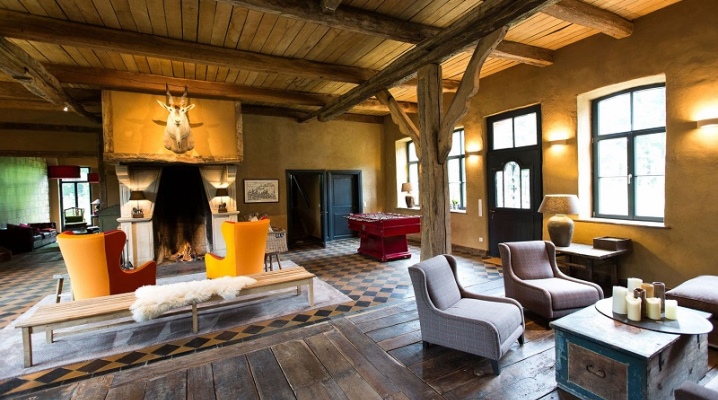
German-style interiors are much less known than minimalism and hi-tech, rustic and loft. However, the design projects of apartments prepared in this spirit invariably fascinate people and have a number of important advantages. You just need to know how the facade of the house is finished, how the ceilings are made in the kitchen and in other rooms, and take into account other subtleties.

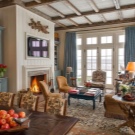
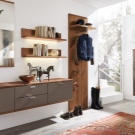
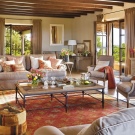
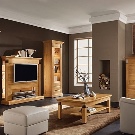
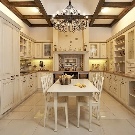
Characteristic
Newfangled design approaches can be very rewarding and enjoyable. But more and more urgent solution is "turning to the origins". And one of the best options for a promising, unfading performance is just the interior in the German style. The main features of this approach are:
- order;
- emphasis on maximum practicality;
- good quality and solidity.
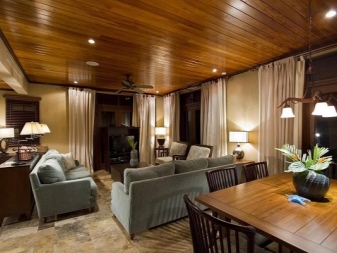
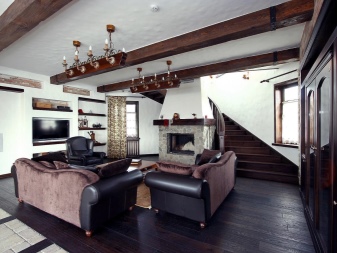
It is worth warning against typical misconceptions. Many people believe that the German style is characteristic of frame buildings, and that this is a half-timbered house. But in reality, we are usually talking about a completely different approach. It means, first of all, the style that logically and historically grew out of the "Biedermeier" - which, in turn, turned out to be a somewhat simplified version of the Empire style.
Further simplification created a new approach - the Bauhaus, which focused entirely on business-like, utilitarian and public performance.
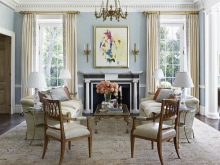
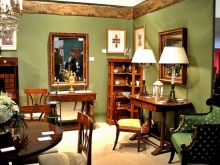
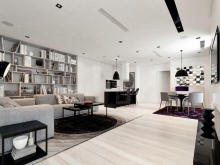
The classic design of dwellings in Germany took shape in the second half of the 19th century. But she continued to develop and improve. In the modern version, it is characterized by such distinctive features as:
- clarity of geometry and individual lines;
- the use of only materials of first-class practical properties and strength;
- saturation of the space with the most modern technology;
- maximum thoughtfulness of the placement of all items;
- modesty and unobtrusive finishing.
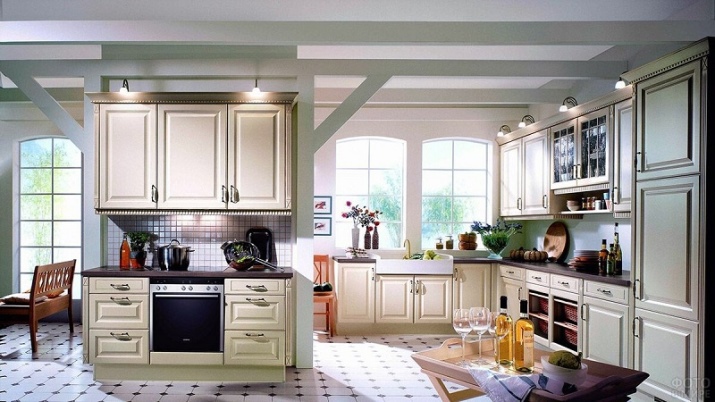

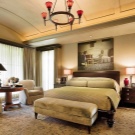
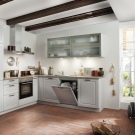
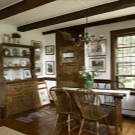
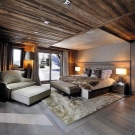
Real German houses are always one-story, this is due to the general "modest" attitude. It is impossible to find in them:
- bay window;
- decorative niche;
- a socket on the ceiling or wall;
- pilaster;
- cornice;
- stucco elements.
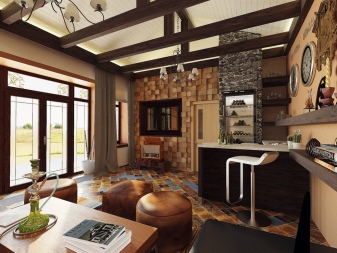
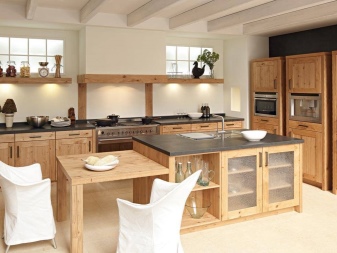
Importantly, large windows are used to saturate the interior space with sunlight. Their location is possible both on the walls and on the roofs. Functionality and comfort are maintained in a well-balanced balance. When arranging furniture inside the house, convenience clearly comes to the fore, and design considerations are taken into account only in the last place. Both angular and softly curved furniture can be used, and a delicate balance is also maintained between them.
A podium must be formed on the floor. The ceiling podium matches it exactly. Floral motifs are clearly visible in upholstery and textiles. Stripes of a contrasting color are welcome.
For exterior decoration, variations can be very diverse, however, preference is still given to the simplest and most calm visual solutions.
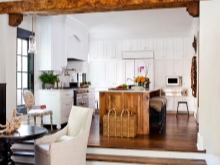
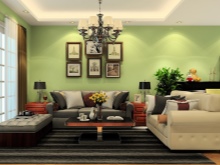
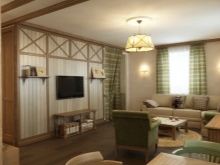
Finishing
When drafting a house in the old or new German style, it is critically important to think about how the ceilings will be decorated. The traditional solution is to use simple plaster. She should not have any texture! In a more modern design, stretch ceilings are preferable. The classics can be embodied in another format: using complex assemblies from decorative wooden beams. At the same time, you can imitate the style of a chalet or country. The walls can be decorated with your own hands:
- by staining;
- by applying plaster;
- using wallpaper.
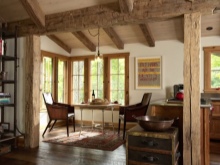
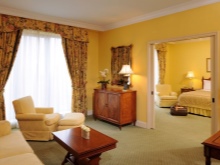
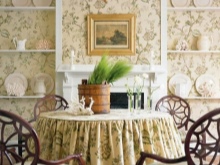
As for the colors of the wallpaper, they are characterized by plain dim colors or the same dim plant patterns. Accent walls are decorated in a cage or striped. They try to cover the floor of a German private house with natural wood. But in the modern direction of this style, wood imitation is also used with the help of:
- parquet;
- laminate;
- tiles (the latter option is more typical for kitchens and bathrooms).

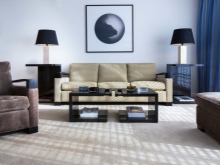
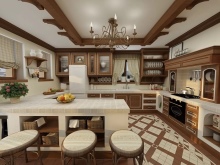
The use of wood panels is encouraged in the offices. Hallways and kitchens in "German" country houses can be equipped with polished sections of brickwork. Nevertheless, the absolute leadership, undoubtedly, remains with the wood. It is not recommended to use polyurethane structures and plasterboard products. It is impractical to use plywood elements in front finishing.
The execution of the facade of the house has its own characteristics:
- lack of details;
- cubic and rectangular shapes;
- simplicity of straight lines;
- the formation of a holistic image;
- an abundance of windows;
- large terraces and balconies;
- bright window accents in various colors.
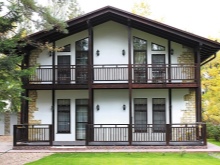
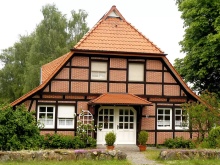
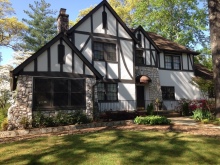
Color spectrum
When decorating a "German" bathroom or living room in apartments, cottages, attention should be paid to the choice of colors. Of course, white and brown tones dominate. The following paints are welcomed for interior decoration:
- nutty;
- vanilla;
- coffee;
- terracotta;
- bronze;
- dark chocolate.
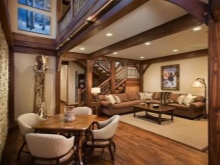

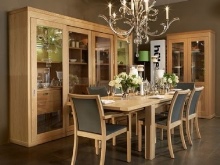
Additionally, black and gray shades are used. For emphasis, apply:
- blue and yellow colors;
- royal purple color;
- Prussian blue;
- charoite;
- occasionally - cherry, red and wine tones.
Calm cream, milky and olive colors will be favorites. A light coffee tone successfully adjoins them. It is recommended to make the walls as light as possible, thereby increasing the volume of the furniture.
They try to make the floor darker, using elegant patterns of walnut, ash, aspen or oak wood. Sometimes the color of gray alder is also used.
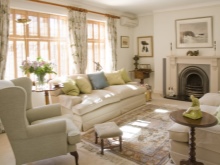

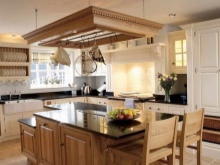
Furniture and decor
In the main living room, it is advisable to put:
- small comfortable sofas and the same armchairs;
- elegant tables, without any visual massiveness;
- squat buffets;
- racks with open shelves.
The aesthetic moment cannot be underestimated. However, the greatest emphasis is placed on durability and performance. Each piece of furniture must have a strictly logical scope of application. It is even worth giving up multifunctional elements in order to maximize this specific "spirit". The furniture itself is either completely new or old-fashioned, or with a hint of country music.
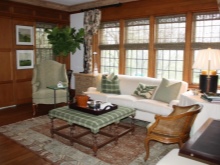
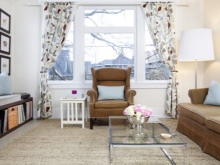

Regardless of this, it must have an emphatically sound performance. Of course even in the modern branch of the German style, two furniture materials dominate: wood and genuine leather (both the entire covering and single inserts). The upholstery is made in dull, unsaturated tones, primarily sand-gray, dark burgundy, chocolate or "bottle glass". The addition of vintage items allows for a more consistent style. A large, impressive bed must be placed in the bedroom, wardrobes and dressers are not needed.
The living rooms are dominated by polished furniture. But the main focus of the "German" house is the kitchen. It should contain sparkling examples of household appliances, antique sets, antique tools. Only that minimum of plumbing is placed in the bathroom, which is impossible to do without. You can safely use an advanced, but relatively simple shower stall.
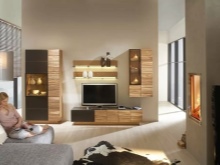
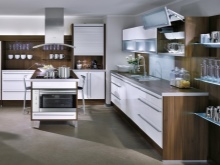
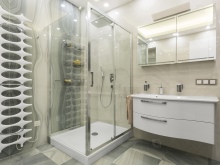
Lighting
Additional lighting should be used as intensively as possible. In a well-decorated German-style room, the main chandelier, lamps, floor lamps, and lamps must be present. Lamps are equipped with frosted glass shades. Crystal, wrought iron and bronze lamps do not match the style.It is also violated by numerous small light sources and sconces.
All this is perfectly replaced with an old dark metal chandelier. Its lamps should look like candles. For your information: these chandeliers fit perfectly into the classic branch of German design. But in a more modern format, the lighting fixture should be less old-fashioned. At the same time, the overall visual quality factor and reliability should still be clearly traced.

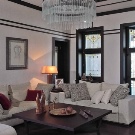
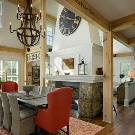
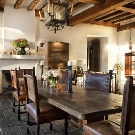
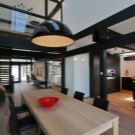
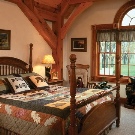
In the next video, you can take a look at German country in the interior.













The comment was sent successfully.